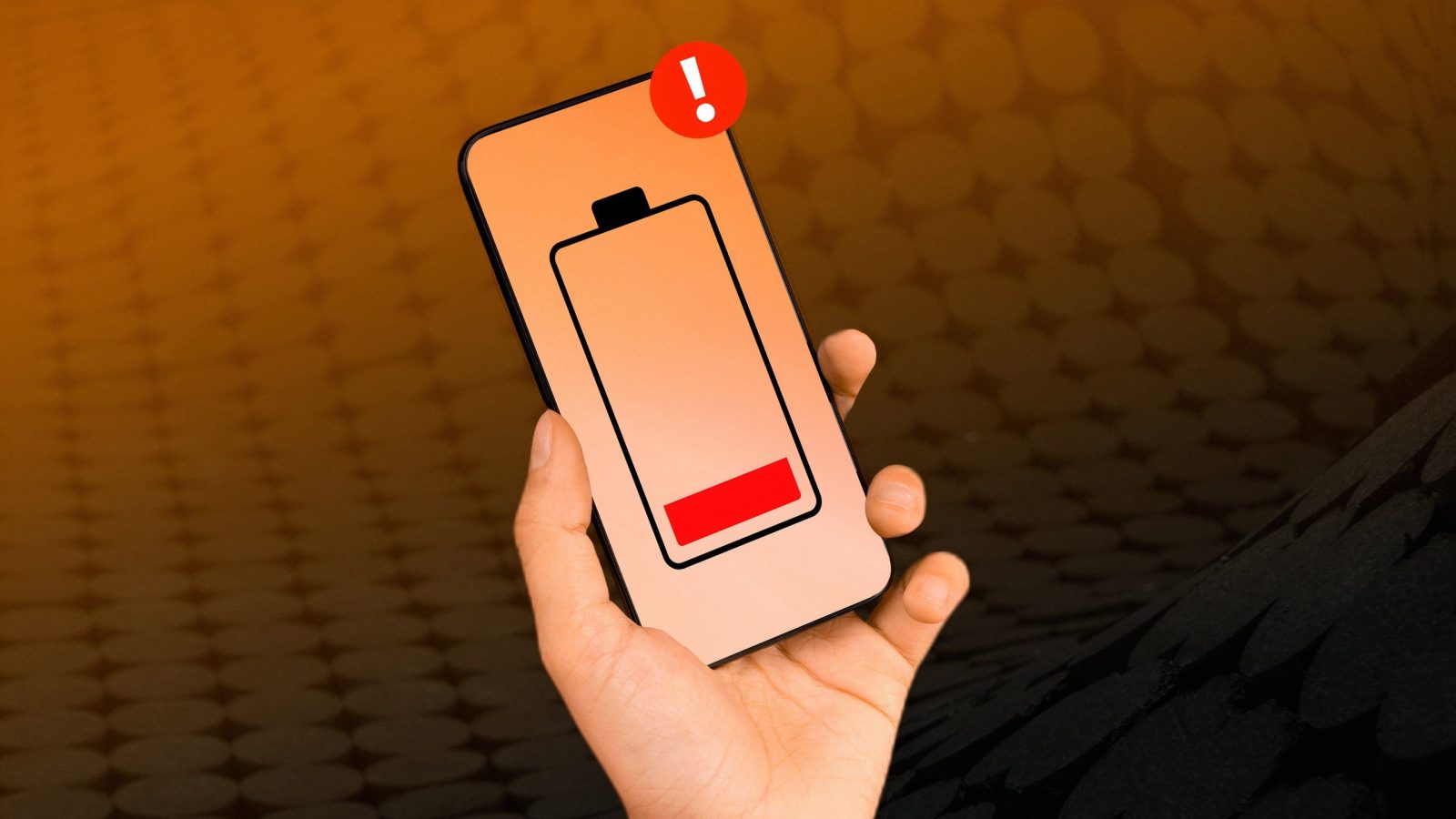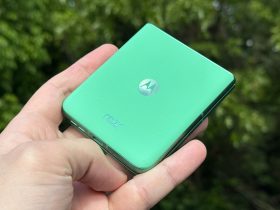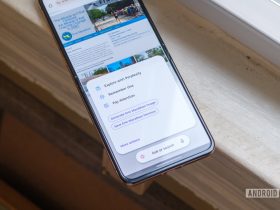
Contents
Android OEMs have gotten significantly better at pushing regular software updates, even to devices we wouldn’t normally expect to see updated frequently. But a software update can affect your phone in more ways than just adding features or visual changes, and one of the most common issues users face is worse battery life after updating.
If you’ve recently installed a new software version on your Android phone and noticed that your battery doesn’t last as long as it used to, here are a few reasons why that might be happening.
5 Increased background activity after an update
Your phone is re-optimizing in the background quietly

When you update the software on your Android phone, especially after a major update, your device kicks off several background processes the moment it reboots. One of the first things your Android phone does is re-optimize installed apps, recompiling them to ensure they work efficiently with the new software version. It also clears app caches to avoid crashes or bugs that might arise from lingering old data.
All of this happens silently, but it can be resource-intensive. As your phone uses more processing power in the background, it naturally consumes more battery, which often results in slightly worse battery life right after an update. The more apps and files your device has to process, the longer these background tasks run.
If you’ve also noticed your phone heating up a bit after an update, this is likely a result of that post-update optimization process running in the background.
4 New features might be draining the battery silently
Background tools like routines or location use can drain more battery

Android updates often introduce new features and system-level changes, and one reason your battery might drain faster after an update is because of these additions. Some of these new tools or services might start running in the background without your knowledge and consuming more power than before.
Features like automation routines and location services are common culprits in this case. For example, if you own a Samsung Galaxy device, a Bixby Routine that relies on location data might now be triggering more frequently after the update. And if it’s running more often in the background, it can lead to a noticeable drop in battery life over time.
3 Updates can change your battery settings
You’ll need to recheck those optimization toggles

Sometimes, companies push out software updates that change your device’s battery settings without making it obvious. For example, the Android 15 QPR1 update brought charging optimization to Pixel devices. Sometimes, we might enable these options accidentally, which can lead to the battery not charging fully or charging slower, making it seem like the battery isn’t lasting as long.
On the other hand, some updates may even intentionally reduce the maximum charge capacity of your device to preserve long-term battery health. Google has already confirmed that a future update (although optional) will reduce the maximum charge capacity of Pixel 9 series phones. This means the phone won’t charge to its previous maximum capacity.
However, this reduction won’t significantly affect everyday battery life, and it’s intended to improve long-term battery health, which matters more overtime than a slightly higher charge percentage. That’s why it’s always a good idea to review your battery settings after installing an update, just to make sure everything is set the way you prefer.

Related
2 You’re probably using your phone more too
New updates often lead to increased screen time
Android updates often introduce exciting new features and visual changes that make you want to spend more time on your phone. For example, Samsung’s One UI 7 update has brought a refreshed look and several new tools to Galaxy devices.
Naturally, these new features encourage you to use your phone more than usual, which increases screen time and resource usage. This, in turn, can lead to faster battery drain and reduced battery life overall.
1 There could be bugs draining your battery
Not every update is perfectly optimized

While most Android OEMs aim to improve performance with software updates, these updates can sometimes introduce bugs. These bugs may either be widespread or affect only a specific set of users based on usage patterns, but they can still lead to unexpected battery drain.
Usually, manufacturers release minor updates or patches to fix these problems, but you might have to wait a little while for the next patch to roll out.
Similarly, like bugs, apps can also cause the battery to drain after a major Android update. Some of your installed apps might not be fully optimized for the latest version yet. In these cases, battery usage may spike until app developers release updates to improve compatibility with the new Android version.
Software updates can impact your phone’s battery life too
At the end of the day, some software updates can unintentionally mess up the battery life of your phone. Even when it is not on purpose, there can still be underlying bugs or processes running in the background that affect how your battery performs.
In situations like this, it is important to keep an eye on which apps are draining your battery and monitor your device’s battery health. This can give you a much clearer idea of whether the problem is related to specific apps, the update itself, or is it simply the case of battery aging over time.
What’s your reaction?
Love0
Sad0
Happy0
Sleepy0
Angry0
Dead0
Wink0









Leave a Reply
View Comments